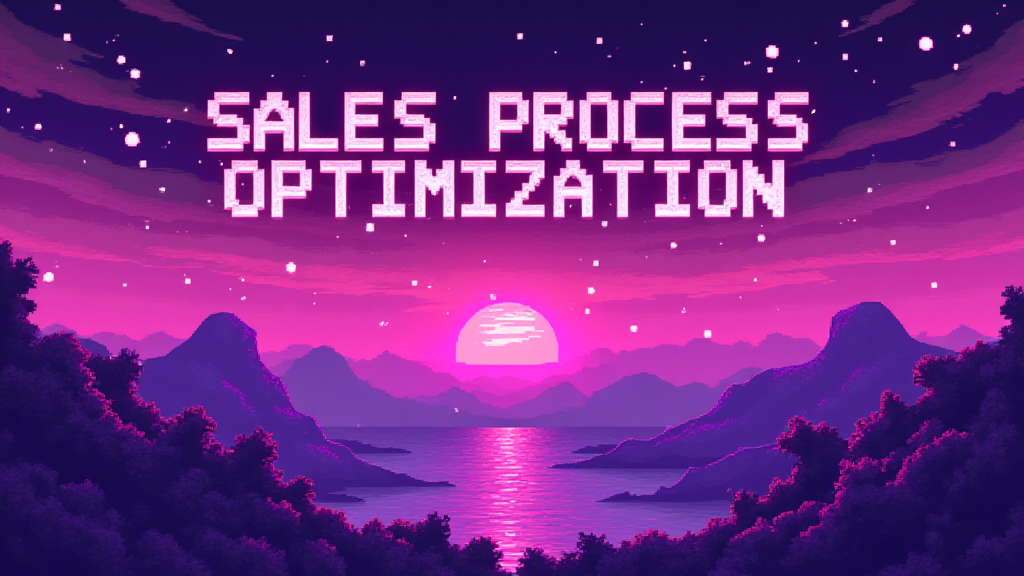Sales Process Optimization: Boosting Revenue Efficiency

Published on: October 01, 2024
Sales Process Optimization is a strategic approach to improving the efficiency and effectiveness of an organization's sales activities. By analyzing and refining each step of the sales process, companies can increase conversion rates, shorten sales cycles, and ultimately drive revenue growth. 🚀
Why is Sales Process Optimization Important?
In today's competitive business landscape, optimizing your sales process is crucial for:
- Increasing revenue and profitability
- Improving customer satisfaction and retention
- Enhancing sales team performance and productivity
- Gaining a competitive edge in the market
Key Components of Sales Process Optimization
To effectively optimize your sales process, focus on these critical areas:
1. Data Analysis and Insights 📊
Leverage data analytics to identify bottlenecks, trends, and opportunities within your sales process. Use CRM tools and sales analytics platforms to gather and interpret relevant data.
2. Sales Funnel Refinement �漏
Analyze each stage of your sales funnel to identify areas for improvement. Streamline the customer journey from initial contact to closing the deal. For more on this, check out sales process engineering.
3. Technology Integration 💻
Implement sales enablement tools and automation software to streamline repetitive tasks and improve efficiency.
4. Sales Team Training and Development 🎓
Invest in ongoing training and coaching to enhance your sales team's skills and knowledge.
5. Customer Feedback Loop 🔄
Establish a system for collecting and acting on customer feedback to continuously improve your sales process.
Best Practices for Sales Process Optimization
Follow these best practices to ensure successful optimization:
- Align with marketing: Ensure seamless collaboration between sales and marketing teams for a unified approach.
- Standardize processes: Create consistent, repeatable sales processes across your organization.
- Set clear KPIs: Establish and track key performance indicators to measure the success of your optimization efforts.
- Embrace continuous improvement: Regularly review and refine your sales process to adapt to changing market conditions.
Measuring the Impact of Sales Process Optimization
To gauge the effectiveness of your optimization efforts, monitor these key metrics:
| Metric | Description |
|---|---|
| Conversion Rate | Percentage of leads that become customers |
| Sales Cycle Length | Average time from initial contact to closing |
| Win Rate | Percentage of opportunities won |
| Average Deal Size | Average value of closed deals |
Common Challenges in Sales Process Optimization
Be aware of these potential obstacles:
- Resistance to change from sales team members
- Difficulty in accurately measuring ROI
- Balancing automation with personalization
- Maintaining consistency across different sales channels
By addressing these challenges head-on and implementing a well-structured optimization strategy, organizations can significantly improve their sales performance and drive sustainable growth. 📈
Implementing Sales Process Optimization in Your Organization
To get started with sales process optimization, ask yourself these questions:
- What are the current bottlenecks in our sales process?
- How can we leverage technology to streamline our sales activities?
- What training do our sales representatives need to improve their performance?
- How can we better align our sales and marketing efforts?
- What key metrics should we focus on to measure the success of our optimization efforts?
By answering these questions and taking action on the insights gained, you'll be well on your way to optimizing your sales process and driving revenue growth for your organization. 🚀💼

















